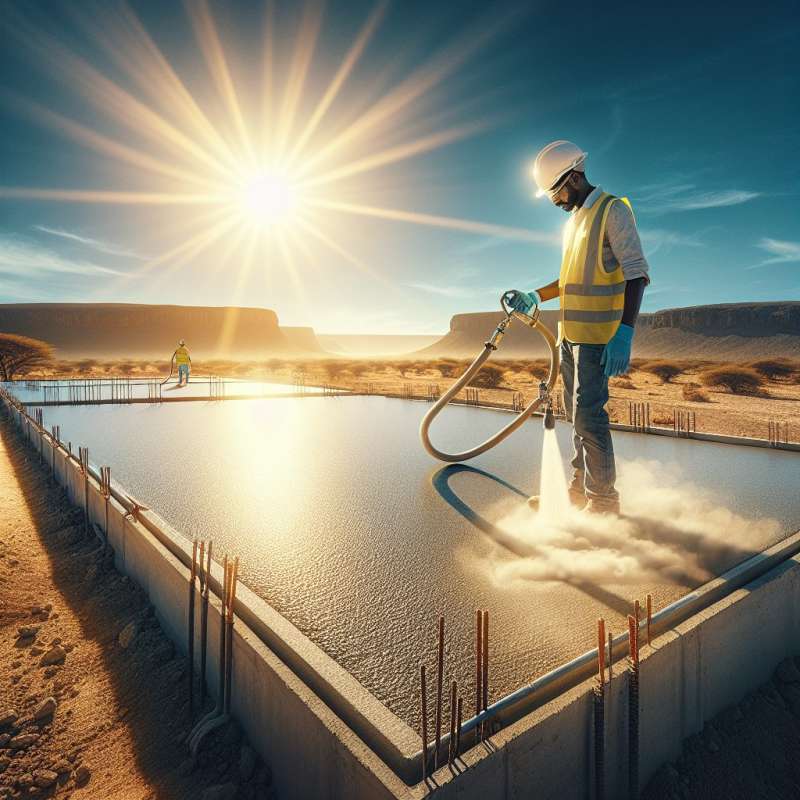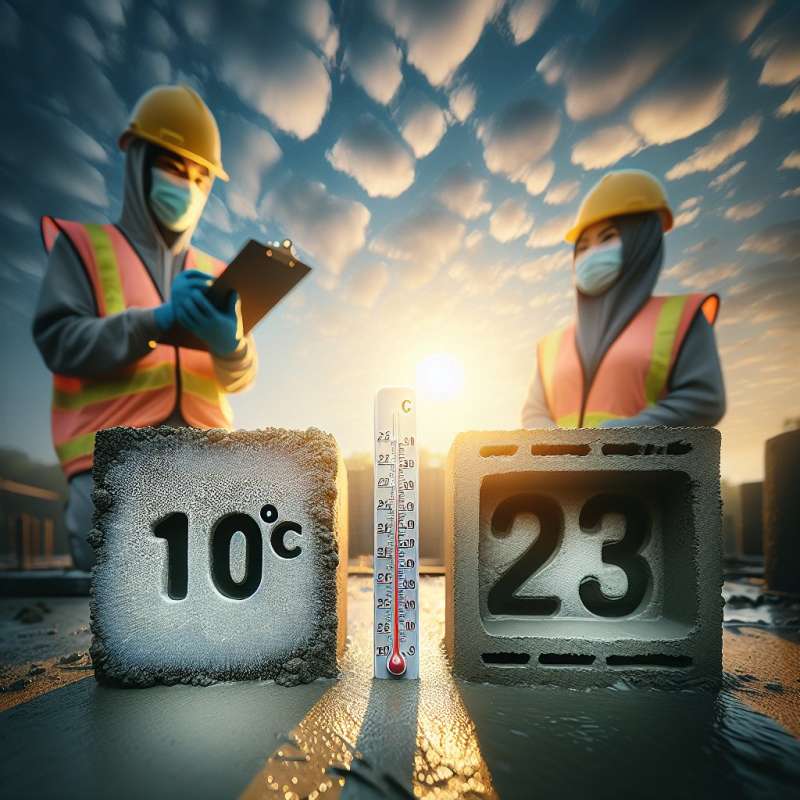
Introduction to Concrete Curing
Concrete curing is a critical process that involves maintaining adequate moisture, temperature, and time to allow the concrete to achieve its desired strength and durability. Proper curing prevents cracking and enhances the longevity of the structure.
Chemical Reactions in Curing
During curing, a chemical reaction called hydration takes place. Surprisingly, this reaction can continue for years, significantly increasing the concrete's strength over time. Initial curing is crucial as it dramatically influences the first 28 days of concrete performance.
Innovative Curing Methods
Recent advancements include self-curing concrete, which incorporates moisture-retaining agents. This method reduces the need for external water application, making it ideal for areas with water scarcity. Another method is curing with carbon dioxide, which enhances early strength and reduces curing time.
Impact of Temperature on Curing
Temperature plays a vital role in curing. Concrete cured at 10°C can take twice as long to reach the same strength as concrete cured at 23°C. Extreme temperatures, both hot and cold, can adversely affect the curing process and final strength.
Curing's Environmental Benefits
Proper curing can reduce the environmental impact of concrete by enhancing its durability and lifespan, thereby reducing the need for frequent repairs and reconstructions. Innovative curing techniques, like carbon curing, can also reduce the carbon footprint of concrete production.Curing Underwater
Concrete can cure underwater, even in depths exceeding 10 meters, maintaining its strength and durability.
What does concrete curing maintain?
Moisture, temperature, and time
Acidity, heat, and pressure
Brightness, density, and mass
Company